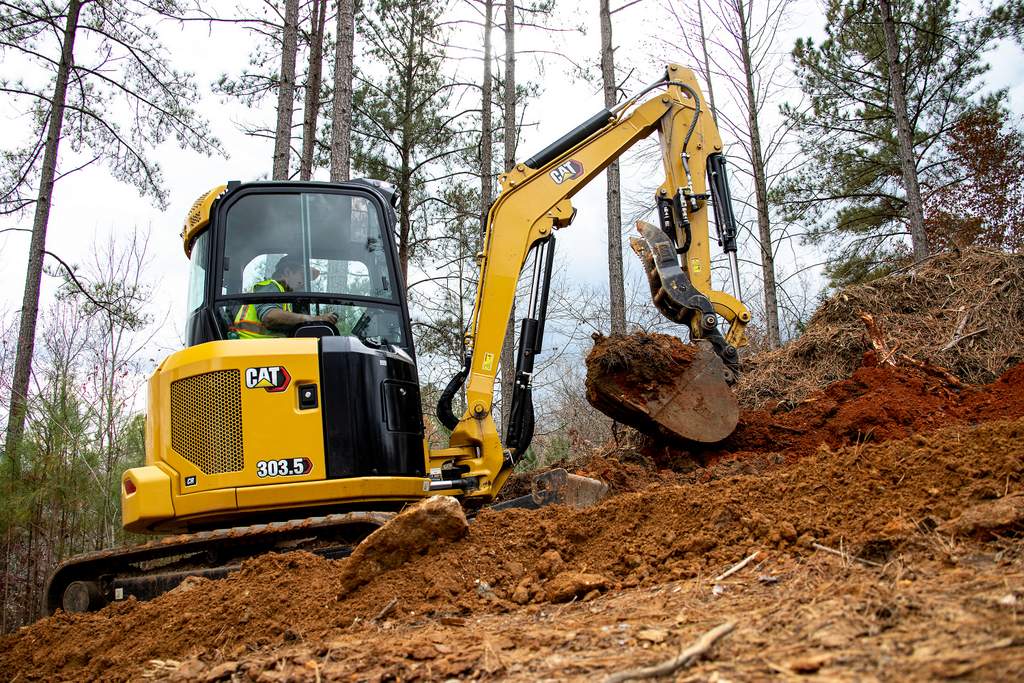Safety Tips for Compact Excavator Operations
Excavators are relied upon by a variety of industries. Whenever and wherever ground needs to be broken and earth needs to be moved, these powerful machines will be. Since they can’t operate themselves, trained professionals are a fundamental part of excavator work. However, with great machinery comes great risk; let’s take a look at important safety tips all excavator operators should follow.
Inspection of Basic Components
Understanding is vital when it comes to construction equipment. As an operator, you should have comprehensive knowledge of the following components. Take the time to inspect each one before getting started.
- All safety devices, including horns, lights, guards and shields, fire extinguishers, glass, and wipers
- Engine and hydraulic fluid levels
- Boom, stick (or dipper), and bucket
- All controls needed for proper function
Check for hydraulic leaks, loose bolts, and cracked welds. Examine belts for proper tension and wear, radiator hoses for cracks, and the drive sprocket for worn or cracked teeth. More thorough inspections should be done on a more periodic basis, such as once a month.
Operator’s Responsibilities
Safety goes beyond physical inspections; only by taking the proper care in our actions can excavators reduce their risk of injuring themselves or others.
- Keep the cab clean of dirt, grease, and objects which could interfere with its safe operation.
- Clean the glass of the cab regularly to increase visibility and avoid glare.
- Test each control before beginning work to ensure they’re all functioning correctly.
- Grease the bucket hinge pins as needed; this is dependent on weather conditions and the type of material being excavated. For example, sandy or powdery materials may require two to three greasings per shift.
- When climbing into or out of the cab, use the standard three-point method: keep two feet and a hand or two hands and a foot in contact with the machine as you move the remaining hand or foot. Always enter and exit while facing the machine. Do NOT jump out.
- Keep footwear clean of excessive mud or grease to prevent slipping.
- Buckle your seatbelt when inside and operating the excavator.
In addition to these basics, operators need to take notice of their environmental factors. Fatigue, hunger, weather, emotional levels, and physical health can all impact and impair the safe operation of an excavator.

Awareness
Excavators can weigh between 3,500 lbs and a staggering 185,000 lbs. With max digging depths that range from 7 feet to 31 feet, awareness over every inch of these hulking machines is essential.
- Take note of your working conditions. Work sites can be a bustle of activity, so operators must be able to block out such distractions while operating a machine.
- Be aware of other people: access to the job site by unauthorized persons needs to be controlled. Barricades (such as caution tape, safety fencing, or other well-marked materials) should be placed to notify others where the safe and unsafe zones are.
- Make sure you know where power line and other utilities are located before you start digging. Most areas have a One-Call number which will contact local utility companies of your location.
Making a mistake or skipping the above steps can be deadly given the right circumstances.
Excavating
Excavators are designed to dig holes and move earth around. These tips regarding the act itself will make sure no imbalances or cave-ins occur.
- Material excavated from a trench should be placed a minimum of two feet from its edge, although the distance may need to be greater depending on soil type. Make sure the slope of the soil pile is flat enough to prevent material from sliding back into the trench.
- Beware of undercutting! The operator must always be aware of where the machine is in relation to the edge of the excavation. As a safeguard against cave-ins, your excavator’s tracks should be perpendicular to the trench.
- Know the load limits of your machine. Overloading the bucket with too much material can cause the excavator to tip over or become otherwise unstable. Never exceed the capacity laid out in the load chart at any time, for any reason.
At the end of the day, the best safety feature on an excavator is its operator. You have the ability to pay attention to each component and ensure it is in good health, and you are capable of maintaining certain standards that mitigate the risks of the job. As long as you’re attentive and committed to following proper safety procedures, your days digging will be accident-free.
This article was provided by Mini Final Drives. For more information, visit their website.




